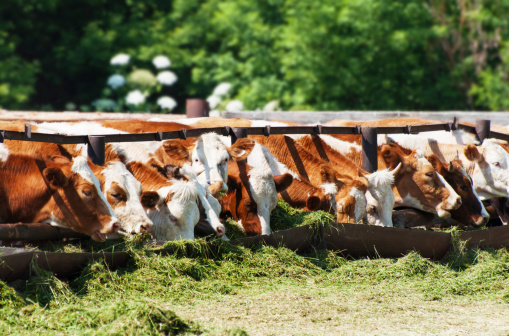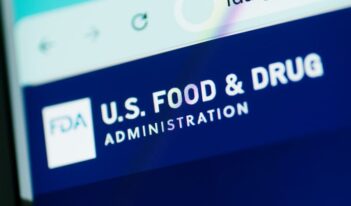
Industry pushback appears to slow down landmark rule.
Given that sixty-two percent of U.S. households include at least one pet, it may be surprising to learn that laws governing pet food safety were nearly nonexistent until very recently. In 2013, the U.S. Food and Drug Administration (FDA) proposed to regulate the safety of animal food, including livestock feed and pet food. Pushback among stakeholders, however, appears to have slowed down finalization of the rule. In response to industry comments, the FDA has proposed several revisions to the proposal and reopened the public comment to solicit feedback.
The proposed rule represents the first effort by the FDA to regulate animal food manufacturing practices. FDA oversight of the animal food industry was proposed in the wake of several widely publicized incidents of pet food adulteration, including a wave of canine illnesses and deaths traced to pet treats manufactured in China.
The proposed rule would regulate more than just pet food manufacturing – it would extend to other related activities, such as packing and storage. The proposal’s two main features would establish manufacturing standards for all types of animal food – for livestock as well as pets; and would also require certain facilities to implement hazard analysis and risk control.
The creation of manufacturing standards regulating the wide range of animal food has been a point of controversy for many stakeholders. The FDA originally proposed sanitation and cleaning procedures that would require facilities to use water and liquid cleaners. These procedures were chosen in part to reduce the risk of illness to pet owners who would handle pet food. But the manufacturing of pet food, which typically takes place under wet conditions, is more conducive to these cleaning procedures than the manufacturing of animal feed, which is typically produced in dry conditions. Animal feed manufacturers commented on this discrepancy, urging the FDA to reconsider the proposed rule’s cleaning procedures.
The FDA has responded by revising the proposed manufacturing standards so that sanitizing surfaces used in the manufacturing process would no longer be necessary for livestock feed facilities. While the original proposed standards were based on existing human food regulations, the revised proposal establishes baseline standards, which the FDA says are more applicable for the wide diversity of the animal food industry.
Additional controversy has erupted over the scope of the proposed regulation. Producing animal feed involves several industries and many different producers that contribute to the production of feed ingredients. The original proposed rule would have regulated a variety of businesses that produce human food by-products that are then used in animal food, including breweries, dairies, and fruit processors.
The FDA received many comments opposing the proposal’s scope, including some claiming that it would threaten some traditional farming practices. For example, brewers and livestock farmers raised concerns that the cost of implementing additional safety practices to meet the proposal’s requirements would make obsolete the practice of using leftover grains from the brewing process as livestock feed. Comments also claimed that many of the hazards that the proposal sought to prevent would already be addressed by human food regulations.
In response to these concerns, the FDA revised the list of activities that would fall under animal food manufacturing regulation. Under the revised proposal, only human food by-products that are subsequently processed into animal food would be subject to the rule’s requirements. Facilities that do not further process their by-products would not be covered by the regulation because they already fall under human food manufacturing regulations. This would spare some facilities the need to satisfy two sets of regulations.
The proposed rule is one of five recent FDA proposals that will implement provisions of the 2011 Food Safety Modernization Act, which ushered in major reforms to food safety laws, including produce safety and foreign supplier verification. The Act originally set deadlines for the FDA to implement these regulations in 2012. However, after settling a lawsuit earlier this year over its delay in implementing these five rules, the FDA has agreed to new implementation dates.
The FDA is accepting comments on the revisions to its proposed animal feed rule through December 15, 2014, and the rule is scheduled to be finalized by August 2015.



